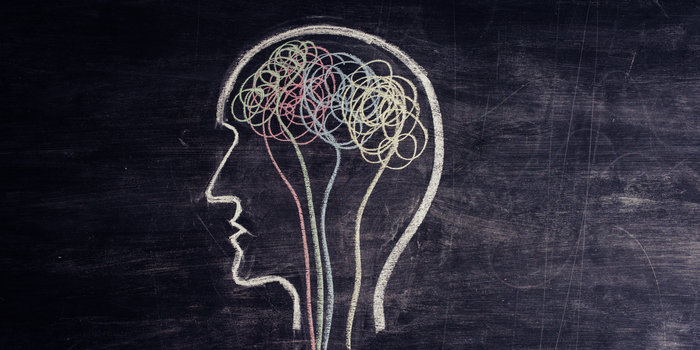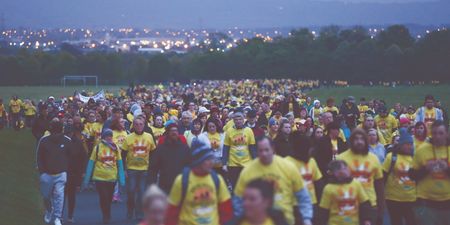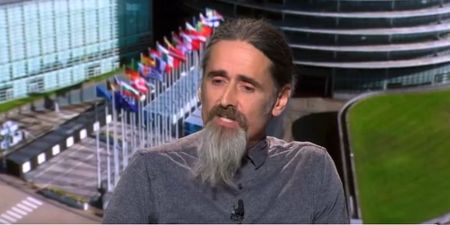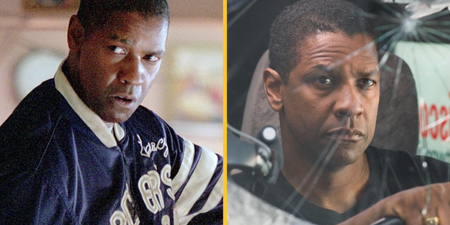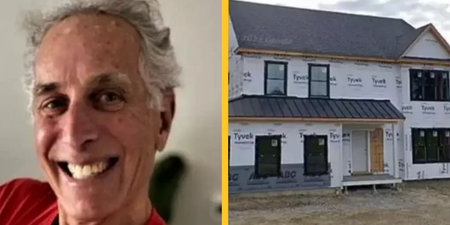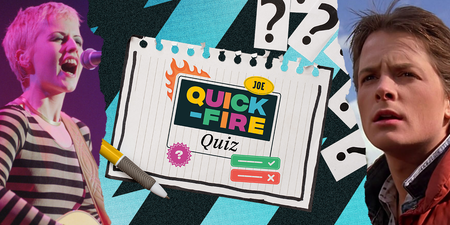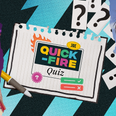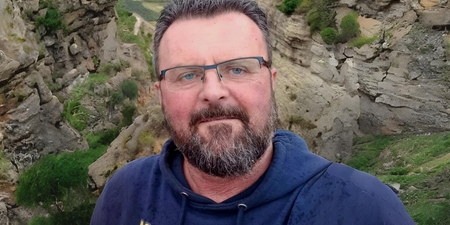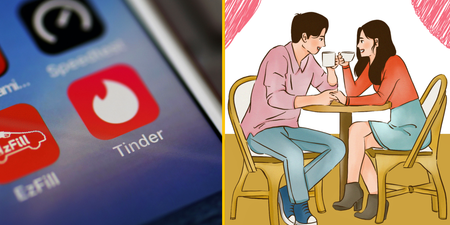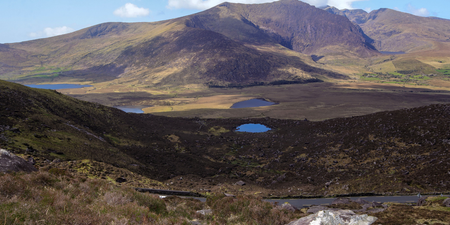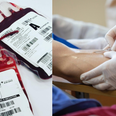“Think of your body as an overprotective parent just trying to look after you.”
Anxiety and panic attacks are both increasing issues in the lives of young people in Ireland. The My World Survey 2, published last year and a follow up from the original My World Survey in 2012, found that 49% of Irish teenagers suffered with mild, moderate, severe or very severe anxiety, often leading to panic attacks.
Speaking to JOE, Clinical psychologist Malie Coyne explains that “a panic attack is a sudden and intense surge of anxiety which can just hit you out of the blue. It affects many people and a lot of people don’t know what is actually happening to them.”
“It’s an intense physical sensation where lots of people report having heart palpitations, having choking sensation, having shortness of breath, nausea,” she says.
Here’s some steps Dr. Coyne recommends taking before, during and after a panic attack.
The 5-4-3-2-1 grounding exercise
This exercise is a series of five simple steps to focus on your surroundings and ground both yourself and your thoughts.
Step one: Think of five things you can see around you.
Step two: Think of four things you can feel.
Step three: Three things you can hear.
Step four: Two things you can smell.
Step five: One things that is good about yourself.
This method can be used any time you’re having a panic attack, but Dr. Coyne suggests practicing the 5-4-3-2-1 grounding exercise when you’re relaxed to fully get to grips with the exercise.
Breathing technique
One of the most effective ways to counteract a panic attack is your breathing.
“Practice putting your hand on your belly and actually breathing in through your nose to a count of four,” Dr. Coyne explains.
“Breathe in through your nose. One – two – three – four. Hold it for four.
“Breathe out through your mouth for a count of four and really focus on the breath going in and out of your belly because the more your breath actually goes into your belly, the more your brain will get the all clear sign that everything is actually just fine.”
Watch out for triggers
Some people love nothing more than a quick coffee to start the day or a cheeky pint after work. But sometimes our favourite treat is also a trigger to these angsty symptoms.
“There are important things to look out for like if you feel like your nervous system is over stimulated, if you’re drinking too much caffeine or eating too much sugar, if you’re not sleeping enough,” Dr. Coyne says.
“Are you stressed? Are you anxious about something that’s going to be coming up? What’s going on for you?
“Try to use the panic attack as information to you as to what is going on in your life. What do you need more of? What do you need less of? How can you look after yourself better?”
Empower yourself
Finally, educate yourself on what is happening in your body and become familiar with the steps you need to take to manage your panic attack.
“The most important thing finally to empower yourself is to know what a panic attack is,” Dr. Coyne says.
“You won’t have these forever but with a little bit of knowledge and a few tools you’ll be able to manage it better in the future.”
Check out our full video with Dr. Malie Coyne on how to manage a panic attack below:
How to manage a panic attack 👇
‘There’s nothing physically wrong with you.’
Clinical psychologist @MalieCoyne on the steps to take before, during and after a panic attack. pic.twitter.com/r6T52n1Eol
— JOE.ie (@JOEdotie) January 25, 2020
If you are struggling with your mental health, or if you’re worried about a loved one, here are a number of resources you can use.
LISTEN: You Must Be Jokin’ with Aideen McQueen – Faith healers, Coolock craic and Gigging as Gaeilge
